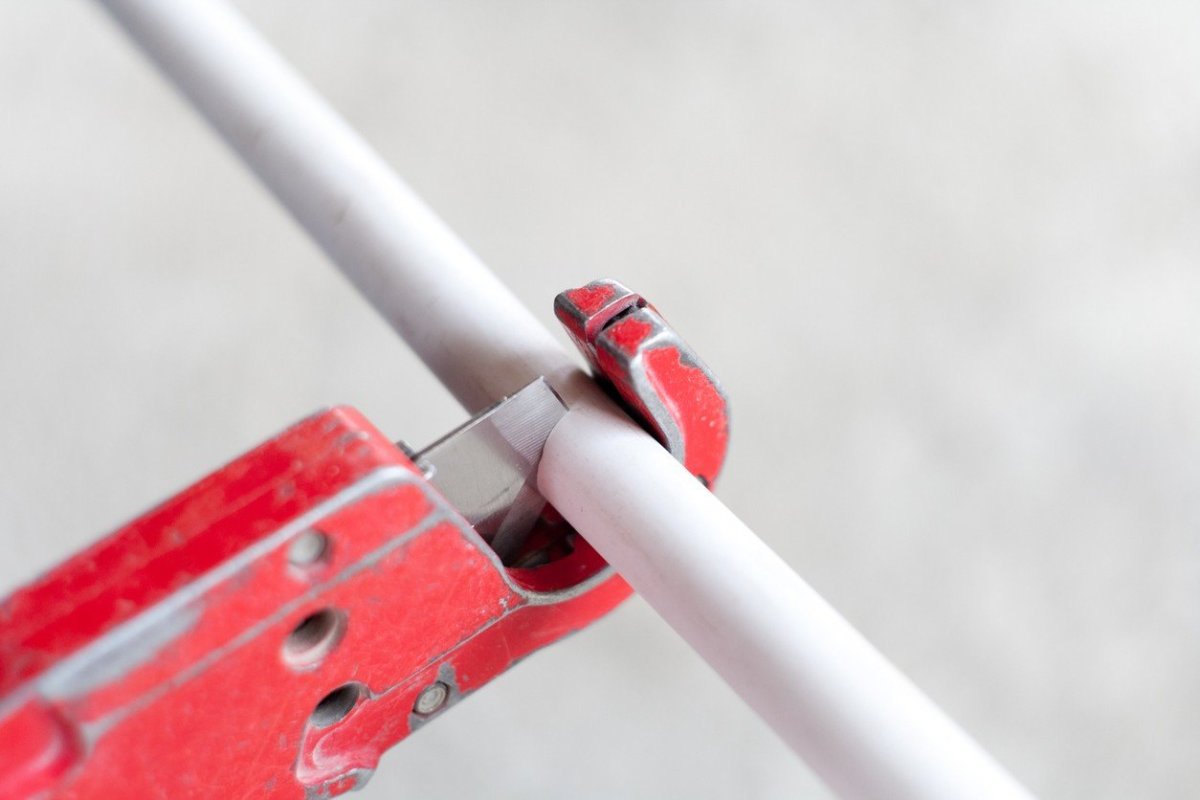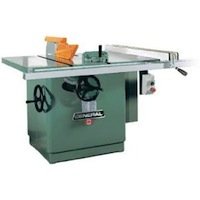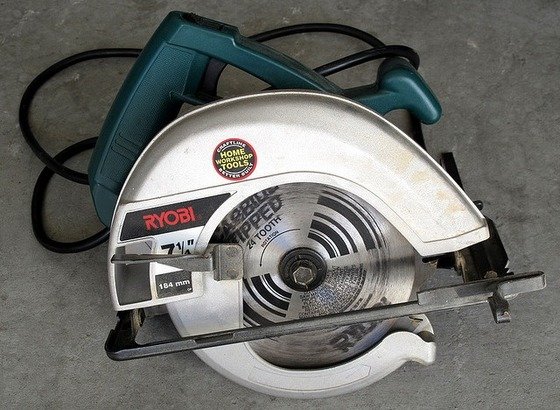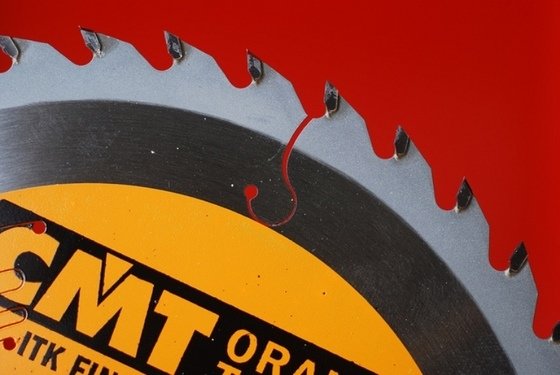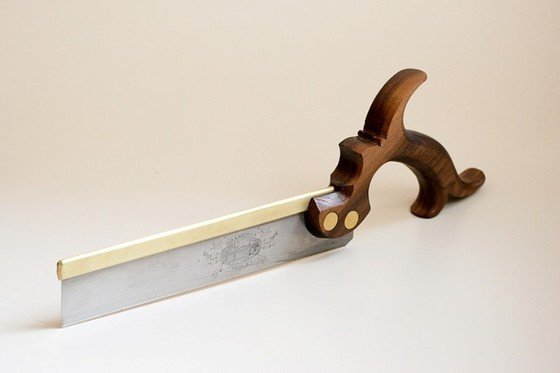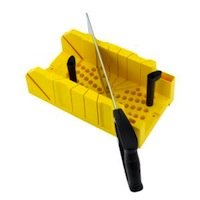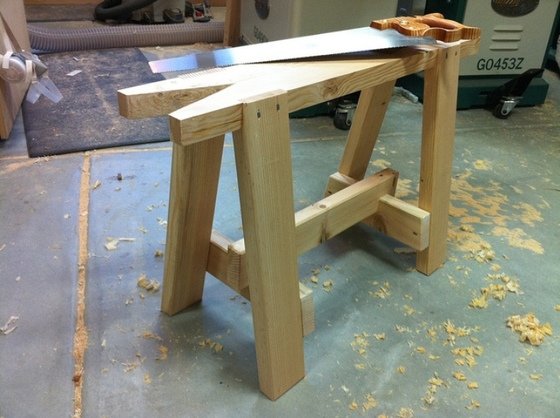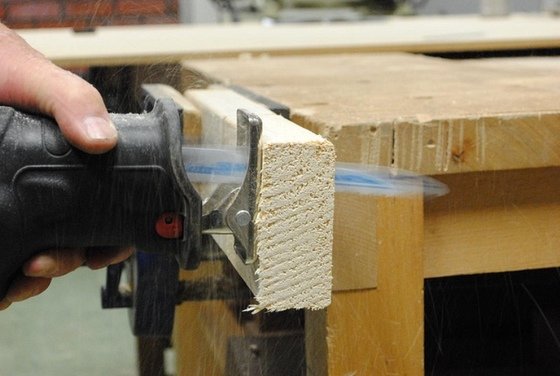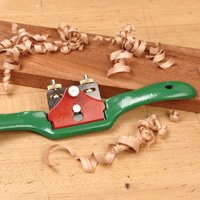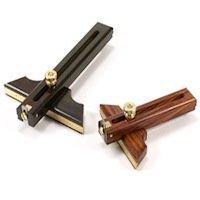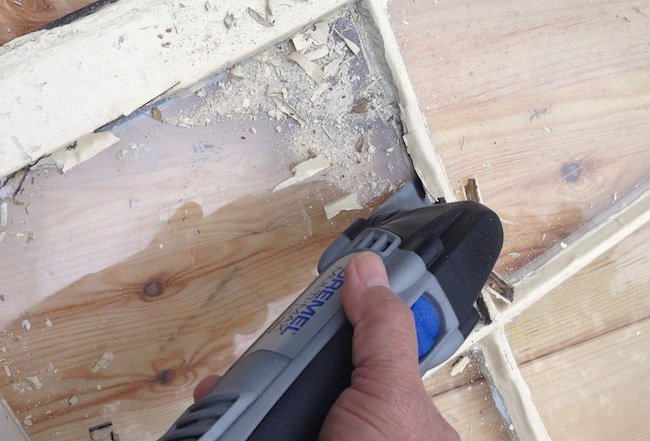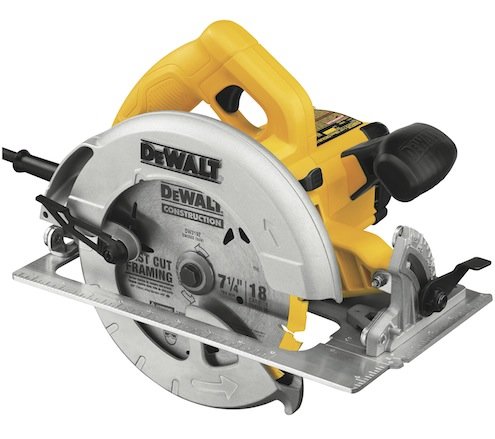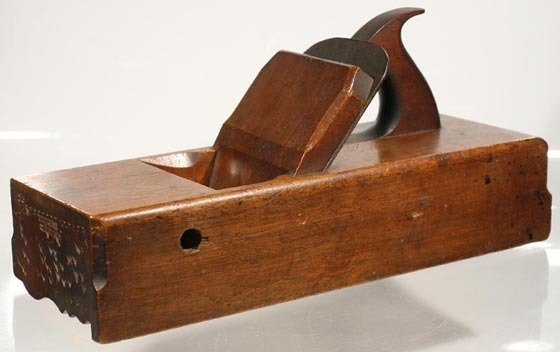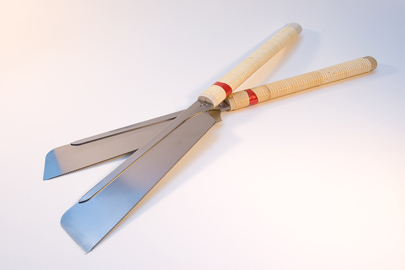We may earn revenue from the products available on this page and participate in affiliate programs. Learn More ›
PVC (polyvinyl chloride) pipe is a type of plastic tubing commonly used for drains. These are the white pipes with purple primer often seen in residential basements. Ambitious DIYers attempting a kitchen or bathroom renovation, as well as those who like to tackle their own plumbing repairs, will likely have to work with PVC pipe. Moving a shower, sink, or toilet—even simply replacing a rusty sink trap—will require some PVC know-how.
Dealing with PVC can be a bit tricky. While you’ll have no trouble finding the necessary fittings and cements to bond pieces of pipe together, the difficulty often comes when cutting PVC pipe l. Poor technique tends to leave the cut ends off-square with pesky burrs bound to hinder a would-be plumber’s progress. The good news is that with the proper method and tools, you can cut PVC pipe for square, smooth results.
There are three tools that will allow you to cut PVC pipe with enough accuracy to ensure a tight seal: a PVC cutter, a handsaw, and a miter saw. Depending on the space you’re working in and your comfort level with tools, you might find one a better fit over the others. No matter your preference, you’ll find instructions for how to cut PVC pipe with the tool of your choice ahead.
Before You Cut
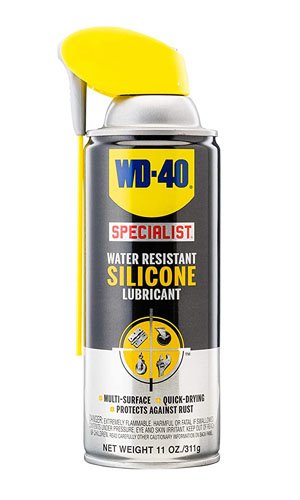
Almost all materials benefit from a little lubrication during the cutting process, and PVC pipe is no different. Lubricants keep friction down, which allows the blade to glide easier. Lubricants can also keep dust and particulates from getting into the air.
When cutting PVC pipe, choose a lubricant with a silicone base like WD40 Specialist Spray Lubricant (available on Amazon) or a food-grade lubricant like cooking oil. These oils are safe for plastic, so they won’t eat away at the pipe as some other solvents will. Applying a quick spray directly on the pipe is all it takes. Any more than a short burst will make the job messier than necessary.
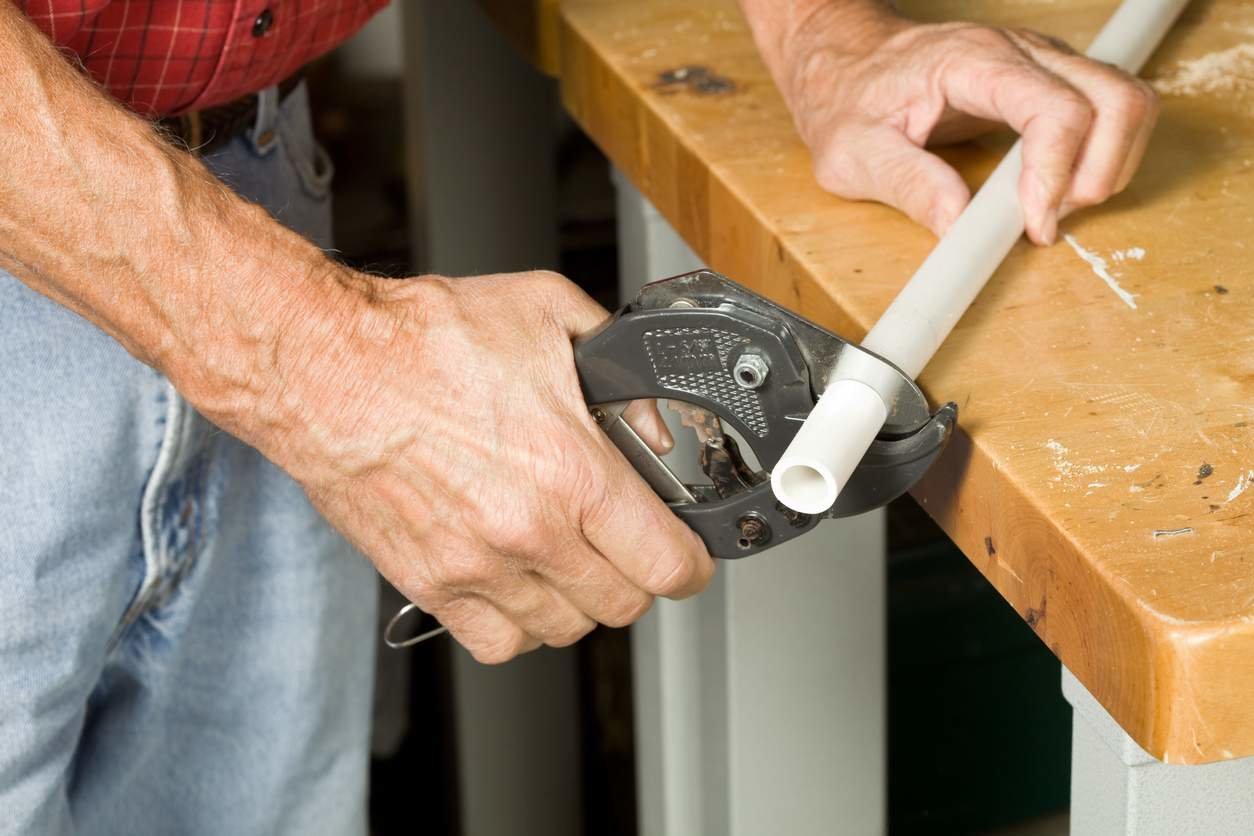
Using a PVC Pipe Cutter
Using a PVC pipe cutter (such as this Ridgid ratcheting PVC cutter available on Amazon, good for up to 1⅝-inch pipe)—which looks like a pair of pliers with a very sharp, thick blade fitted on one side—is by far the quickest, most convenient way to cleanly cut PVC pipe. Operation is simple: Place the pipe on a stable surface like sawhorses or a workbench (even a cabinet will do), line the blade up on the cut mark, hold the tool square, and then squeeze the handles together to push the blade through the PVC. Pro Tip: Keep your PVC cutter blade sharp and use it in temperatures above 50 degrees; below that, PVC becomes brittle and a dull blade can crack the pipe.
Note: Squeeze-style cutters are only capable of cutting PVC pipe with smaller diameters. For pipes 2 inches in diameter and larger, a rotary-style cutter (a far more expensive tool) is required. The Ridgid Plastic and Copper Tubing Cutter (also available on Amazon), for example, will work for plastic pipe up to 4 inches in diameter.
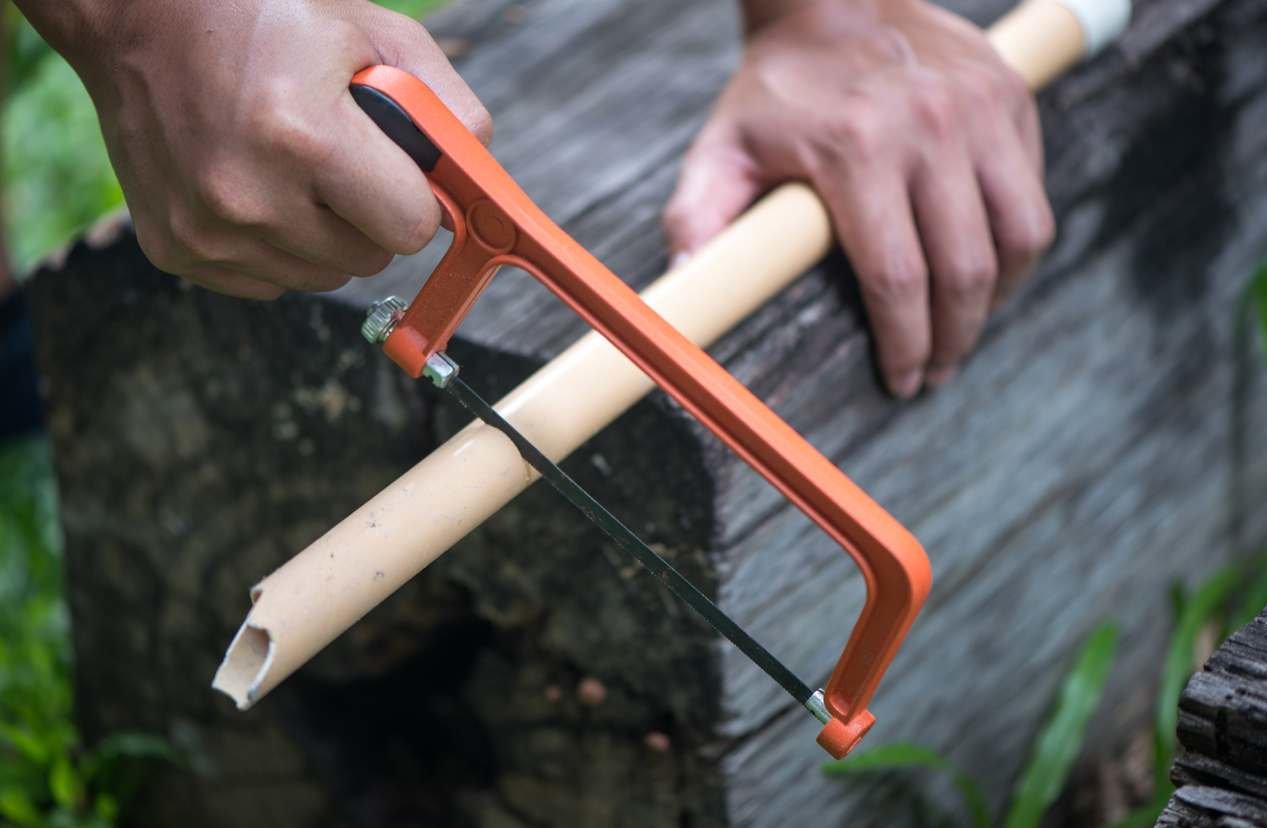
Cutting PVC Pipe With a Handsaw
Just about every DIYer has a hacksaw or carpenter’s handsaw. To successfully cut PVC pipe squarely with either of these basic tools, use a guide for the blade to follow. One way to accomplish this is with a miter box, like this Great Neck model (available on Amazon), which provides a built-in square angle to guide the saw blade. (Bonus: The miter box comes with a saw suitable for cutting PVC pipe.)
Be sure to go slowly to help ensure that the blade stays perfectly on course. Don’t jam the blade into the PVC pipe, just guide it back and forth. This is what tradesmen mean when they say, “Let the saw do the work.”
Cutting PVC Pipe Using a Miter Saw
A quality miter saw (a powerful electric saw typically used in carpentry) can cut PVC piping accurately. The cuts are nearly guaranteed to be square because miter saws lock into place at preset angles, one of which being 90 degrees. Position the pipe against the fence of the miter saw so the cut mark is easily seen, line up the blade with the desired cut mark, lift the saw up and start the blade, and slowly lower the blade into the PVC pipe until it cuts all the way through. If the miter saw doesn’t cut all the way through in the first attempt, let the blade come to a stop, then twist the pipe so the remaining material can be cut with a second drop of the blade. Twisting the pipe while the blade is running is unsafe and hardly ever accurate.
Pro Tip: For fewer burrs on the cut ends of the pipe, use a fine-toothed blade, such as the Freud 10-inch Thin Kerf Plywood Blade (available on Amazon), in the miter saw. To minimize burrs even more, install the blade backward and lower it through the PVC very slowly.
Cleaning Burrs
No matter what tool you use and how carefully you cut, there will still be some burrs left behind. These errant bits of material can hamper a perfect fit and, later, potentially clog up filters and screens down the line. There are two quick ways to remove these burrs:
- Run a sharp utility knife around the inner and outer rim of the cut. Hold the blade at a slight angle to allow it to run smoothly along the rim and shed off the tiny burrs.
- Sand the inner and outer rim slightly with 120-grit sandpaper or plumber’s cloth. Don’t go overboard; only rub off enough to smooth away burrs. Any more than that runs the risk of a poor fit.

